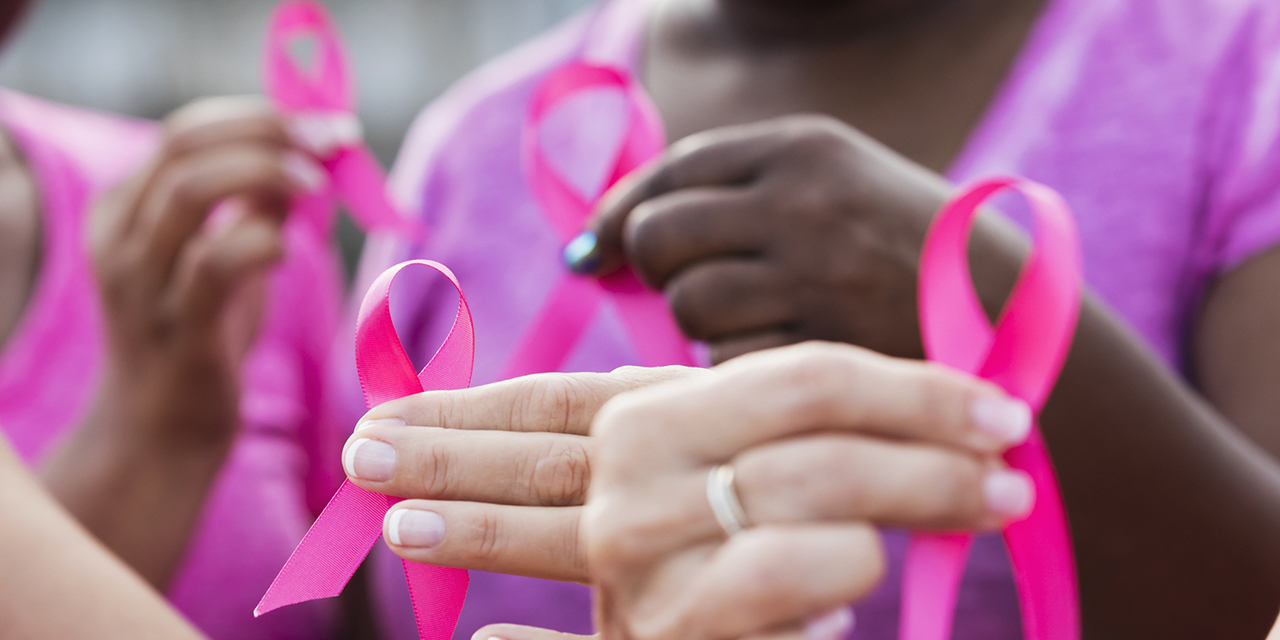
Breast cancer is one of the most well-known and researched cancers, but that doesn’t mean it’s clear of myths and misconceptions. There are many myths out there, some more persistent than others, but when it comes to your health it’s vital to understand fact from fiction.
One of the most common misconceptions of breast cancer is that it’s caused by aluminum antiperspirant. This misconception started when researchers began finding trace amounts of aluminum in breast tumors, however, research shows that it’s also found in healthy tissue. And, if aluminum antiperspirants were responsible for causing breast cancer, we would see more cases among men, who use these products just as much.
There has been considerable debate surrounding underwire bras and their potential link to breast cancer. Some earlier theories suggested that bras, particularly those with underwire, might compress breast tissue and prevent lymphatic drainage, leading to a buildup of toxins that could contribute to cancer development. However, these claims have not been definitively proven by scientific studies. Extensive research has found no conclusive connection between bra type, frequency of wear, or underwire use and an increased risk of breast cancer. Ultimately, whether you choose to wear a bra or not is a personal decision, and current scientific evidence does not support that this decision alone will impact your breast cancer risk.
Finding a lump in your breast or armpit area is widely recognized as a potential warning sign of breast cancer. A lump may be one of the most common symptoms, but it’s not the only symptom, and it may take time for the lump to develop. In the time it takes for you to eventually notice the lump, there’s a chance that the cancer may spread to other parts of the body, making it more difficult to treat.
Annual mammograms and clinical breast exams with your OB/GYN are the best way to detect a lump, even if you can’t feel one during a self-exam. If you notice any changes in your breasts, such as a rash or dry skin, swelling, discharge, retracted nipples, pain, and swelling around the lymph nodes by your collarbone or under your arms, you should make an appointment to be evaluated by your primary care physician or OB/GYN immediately.
You don’t need to have a family history of breast cancer to be diagnosed. And though it is often associated with women, men can get it as well. While rare, men make up 1% of breast cancer diagnoses each year in the U.S.
Many individuals who have experienced the loss of one or more family members to cancer may assume that cancer is predominantly hereditary. While certain cancers can be inherited due to genetic mutations, such as the BRCA1 and BRCA2 genes, research indicates that approximately 90% to 95% of cancers are not directly caused by inherited genetic factors, but rather lifestyle factors like smoking, alcohol consumption, obesity, and sun exposure.
As we age, we become more at risk of developing certain health conditions, like breast cancer. The average age for a woman to be diagnosed with breast cancer is 62, however new research from the American Cancer Society shows rates of invasive breast cancer in women under 50 rose 1.4% each year from 2012-2022.
Racial disparities also contribute to breast cancer rates. Despite having lower incidence rates, black women had a 38% higher mortality rate than white women and have the lowest survival rates at every stage of breast cancer. The rate of American Indian, Native Alaskan, and black women who die from breast cancer each year has remained the same for 3 decades.
Catholic Health combines a team of fellowship trained surgeons and board-certified specialists to provide comprehensive, patient-focused breast cancer care. This multidisciplinary team of recognized experts provides a unique integrated care model to deliver an unparalleled continuum of care. Our approach to breast cancer treatment is as unique as the individual, and we are dedicated to guiding and supporting you every step of the way.
Breast cancer patients have many treatment options, and what’s best for one might not be right for another. Our locations offer the most current treatments and therapies available, cutting-edge advanced technology, and the personal touch of community practice to reduce patient stress and ensure we achieve the best possible results.
Find an OB/GYN Near You
Call (716) 706-2112